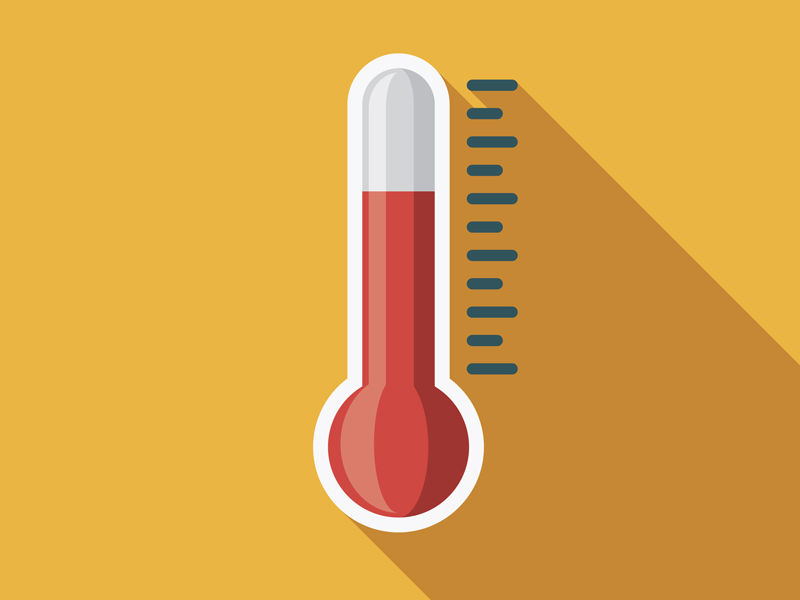Although hospitals and health systems in most areas have shifted into recovery mode following the first pandemic wave, cost accounting for COVID-19 continues as a moving target.
Budgeting lags actuals, so hospitals are just now coming to grips with the extent of the additional expenses and lost revenue because of the pandemic. How does one account for additional supplies and labor for COVID-19 patients, employee and visitor health checks, infection control training, and other expenses? Where does CARES Act funding go on the balance sheet?
Finance executives from four health systems explain how they are dealing with coronavirus expenses in their organizations.
Are you adding specific cost categories to deal with COVID-19 expenses, and how are you allocating those expenses to patients?
Wayne Zack, Manager, Financial Data Systems, MultiCare Health System: We had all this extra PPE and extra labor time because we had a labor pool that was on standby, and we were paying these people whether they were working or not. Is all that really going to go to the COVID-19 patients? It's almost as if it needs to be a separate overhead area that we don't allocate to anybody. I haven't quite resolved that in my head yet.
Curtis Bryan, Director, Decision Support, MultiCare Health System: It's actually resulting in more of a cost shift. The significant drop in elective surgeries and procedures will also influence how the costs spread. If we modeled straight up, it’s going to shift costs around like crazy. We've been brainstorming about what would happen if we cost March, April, and May month alone, rather than doing our year-to-date costing process. Could we influence and analyze numbers in a different way from that perspective?
How often does your hospital or health system compare costing trend data?
Sujatha Iyer, Senior Cost & Resource Utilization Analyst, ProHealth Care: Even though we cost every quarter, we do a year-to-date true-up of the cost. Is this how other facilities are also typically doing it? And during the COVID-19 months are the costs assigned only to the discharges during that period, with a monthly or quarterly costing?
Sue Wells, Network Manager for Cost Accounting/Decision Support, UVM Health Network: We've always been at a quarterly processing, but we do it on a year-to-date basis. So we just finished costing for October to March. But we're trying to figure out how to get more current on our costing processes, potentially moving to a monthly approach. I still think we would stay with a year-to-date but do it more frequently than quarterly.
Are hospitals using any other tracking methodologies?
Ben Moncher, Senior Director of Finance, Fisher-Titus Medical Center: We created disaster tracking departments within each of our entities so that we could isolate specific COVID-related expenses. If there were identifiable medical supplies, materials, wristbands, temperature gauges, etc., that were directly caused due to COVID-19, we recorded those expenses within the corresponding disaster tracking department. Additionally, we recorded labor expenses into the disaster tracking departments for employees who were performing jobs outside of their day-to-day responsibilities but specific to COVID-19; such as door screeners, mail transport, couriers, and related activities.
Lastly, since we didn't want our Med/Surg, ICU, and ED areas overflowing with COVID-19 expenses, we had staff clock into the disaster tracking department for their orientation, training, and other non-productive time. This was done specifically for staff who were being pulled from Ancillary, Surgical, or Physician Clinic areas. After these staff were fully trained and became part of the shift rotation, they would clock into the Med/Surg, ICU, or ED areas, rather than the disaster tracking. We then monitored labor productivity on these units to accounts for shifts in our nurse-to-patient ratios, both due to changes in acuity as well as nursing skillset. It was a way to keep the true cost of care associated to those patients and those floors, while also separating COVID-19 related expenses.
Has analytical modeling helped to better understand the impacts of COVID-19?
Wells: We’ve been working on our Axiom Intelligence dashboard, which is really cool, and I think has real promise for us going forward. Right now so much of our reporting coming out of Epic is very heavily clinical-based, daily counts and metrics around COVID-19 that health departments require we report.
I’m using Axiom Intelligence to see what types of information people could ask for, and making sure that all of the information behind the scenes is as cleaned up as possible and that we can do consistent reporting across all of our hospitals in our network, because right now we're still on separate source systems.
I want to be as ready as possible when people want to start looking at the costing piece and the profitability piece, because we are starting to see some of those funds from the CARES Act.


